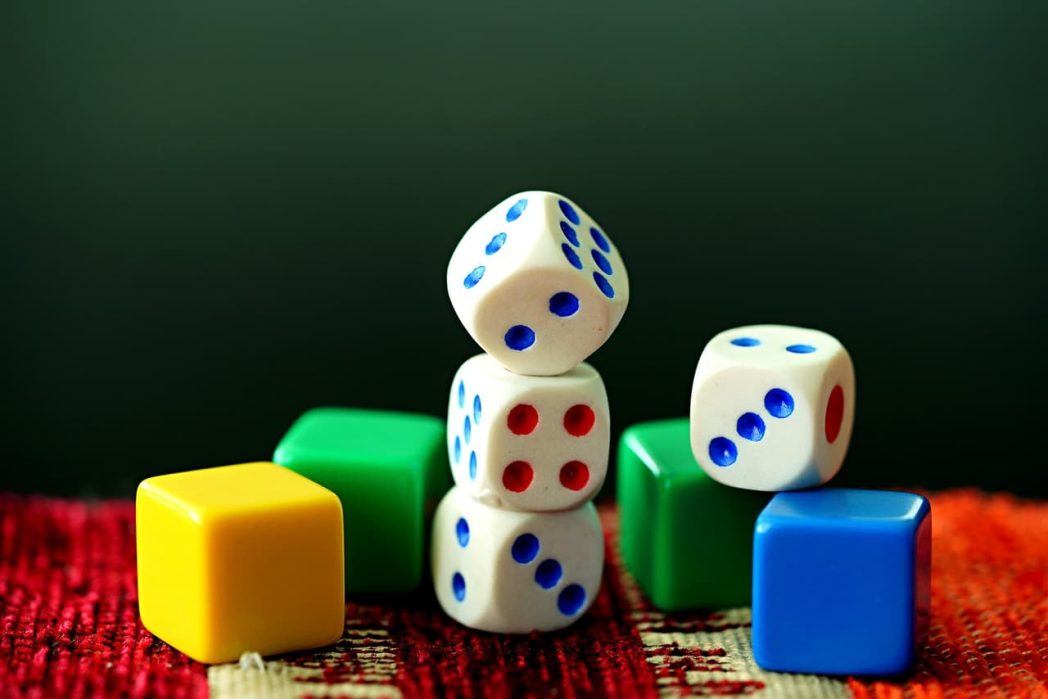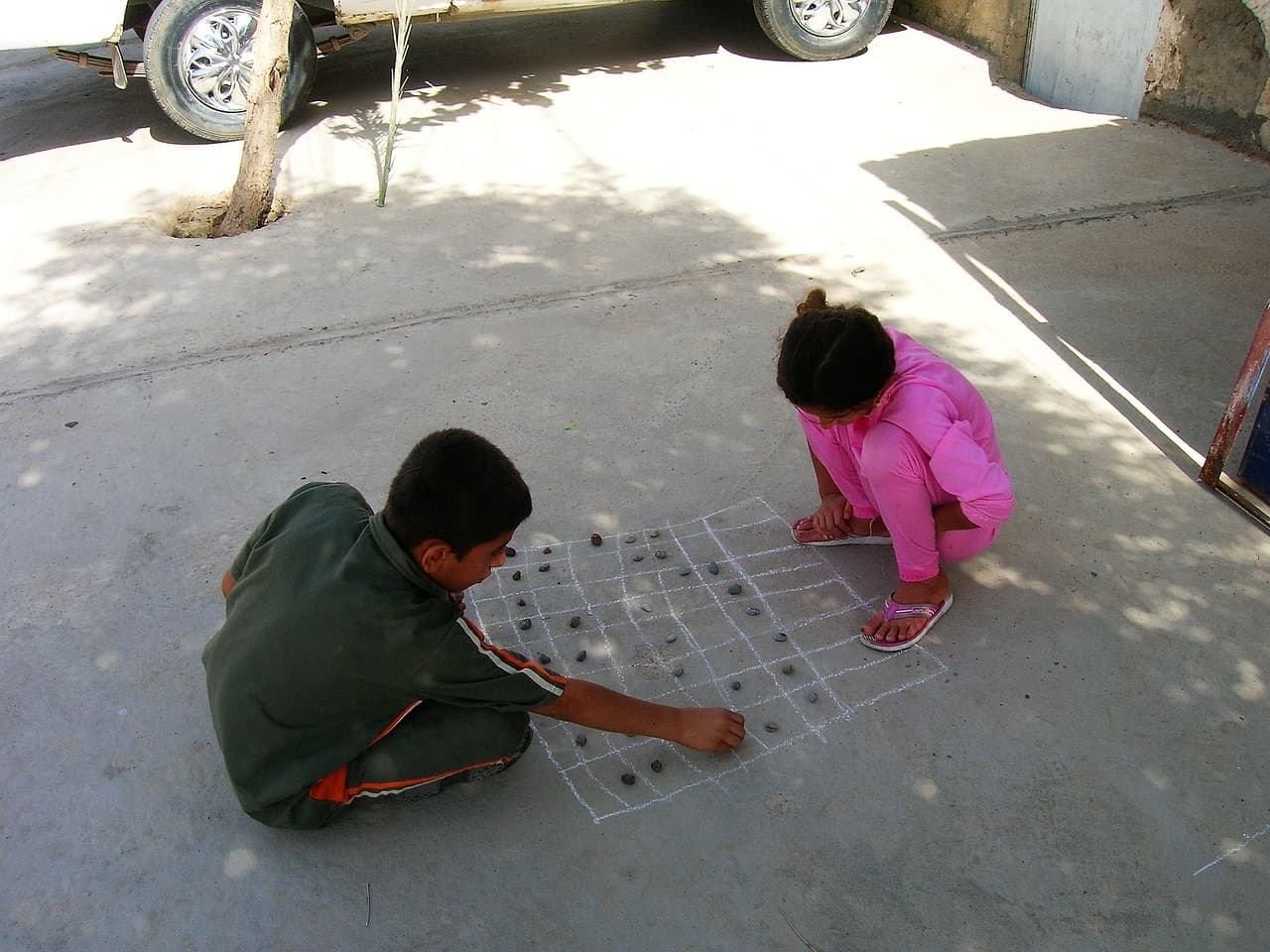The traditional games of the Italian regions are a true cultural heritage that must be carefully preserved and passed on to new generations, so absorbed in new technologies that they often forget the pure pleasure of playing with simple objects.
Italian games tell the history of each territory of Italy, its most deeply rooted traditions, the customs and customs of the past, the folklore that makes the Italian regions so wonderful to experience and visit.
ONLINE LOTTO
In Italy, lotteries also attract public attention. Here are some of the most notable ones:
- Online Loto: It is considered one of the oldest games. It began in Florence in 1530. The lottery draws several times a week, and the game’s enduring popularity reflects its deep roots in Italian culture.
- SuperEnalotto: Known for its large jackpots, this lottery is a favorite among Italians. Players select six numbers from a pool of 90, and due to the difficulty of winning, the jackpot can grow significantly, often reaching hundreds of millions of euros.
- 10E Lotto: This is another popular option where 20 numbers are selected from a total of 90 numbers. Players win by correctly guessing one, two or more winning numbers.
These lotteries not only provide entertainment, but also contribute to various public welfare schemes, including sports, cultural initiatives and health services, which corresponds to many social values and interests in Italy.
MOST FAVORITE TRADITIONAL ITALIAN GAMES
Traveling from region to region in search of typical Italian games of the past.
CERCHIETTI – TRENTINO ALTO ADIGE
A simple game that girls especially love. To play, it was enough to take a wooden circle with a diameter of about 20 cm and two sticks: the pastime consisted of throwing and catching the circle using only two sticks.
BORELLA – VENETO
3 pins, 70 cm high, spaced approximately 1 meter apart at the end of a clay play track approximately 30 meters long. As in modern bowling, even in one of the traditional children’s games popular in Veneto, the goal is to knock down as many pins as possible, given 4 wooden bowls.
TRUK – FRIULI VENICE GIULIA
In this Friulian game, each player must throw a colored hard-boiled egg into a large basin covered with sand. Target? Hit your opponent’s egg and earn the right to shoot again. And if all the throws fail, the one with the egg on the field the longest shoots.
CIAMBELLINO – EMILIA ROMAGANA
Can you catch 5 pebbles in the palm of your hand using the ring formed by your index finger and thumb as an “entry hole”? Try it without dropping a single one.
PEBBLES – MARKE
The game, originating from the Marche region, has clear rules: the player throws a pebble, then he and the others throw a coin next to it. The one who made the worst roll collects all the coins from the ground and puts them in a pile. The best player tries to hit the pile with another pebble and wins the coins he manages to drop.
CHUCCHETTA – UMBRIA
What does “suck” mean? Beat the egg pieces together. The game pits two opponents against each other, armed with fresh eggs: the first must hit the other’s egg with the tip of his egg without breaking his own. Then it’s the second’s turn and so on: the egg that manages to destroy the largest number of enemy eggs wins.
SANTILLE – ABRUZZO
The game takes its name from the piece of brick used for the game, which was placed in a vertical position with coins on top: each player is asked to hit the brick with a piece of tile to win the fallen coins.
Pgliocche – MOLISE
It is played with stone slabs, which must be brought as close to the Snitch as possible. Players are divided into two teams and are controlled by two referees and play on a 4×14 meter field. If a stone breaks, the location of the larger piece is taken into account. Prices? Lamb, ham and other delicious Molise gastronomy products.
5 STONES – PULIA
In this game, the winner is the player who manages to complete the sequence of 9 stages without making a single mistake. You choose one of the 5 stones and hold it in your right hand, and throw the remaining 4 to the ground with your left hand. But that’s not all: by repeatedly tossing the chosen stone into the air with your right hand, you should be right. the ability to pick up others at the same time.
LIPPA – BASILICATA
To revive this ancient Lucanian game, arm yourself with two pieces of wood: one approximately 15 cm long with pointed ends, and the other 50 cm long. Draw a circle on the ground in which the first piece of wood is placed. The game is to try to throw a small piece on the ground as far as possible by hitting one of its ends with a long stick.
PINATA – CALABRIA
What are piñatas? Terracotta pots, which are hung on a rope at a distance of 60-70 cm between them. Blindfolded and holding a pole approximately 1.5 meters long, participants must take turns trying to break a suspended piñata with blows from the pole. Whoever succeeds will receive rich content!
CARS – SICILY
We’ve had fun with car racing in Sicily since we were kids: these high-speed games have you riding completely backwards on carts equipped with ropes to change direction and a hand brake located under the seat. Reade set Go!
RUNNING IN A BAG – CAMPAIGN
A very unique race in which participants move along a short track with their feet stuck in a bag: they run in small jumps to be the first to reach the finish line.

CAMPANA – LAZIO
10 progressively numbered squares in one row, except for two blocks of squares side by side. You throw a stone into one square and jump on one foot into all the others, observing the numbering, except for the one in which the stone is located.
WHAT IS THIS POINT? – SARDINIA
The person sits on a chair and closes the eyes of another participant in the game. A person from the outgroup asks: “Chie t’ha puntu?” and the victim identifies the alleged perpetrator, leading him to his partner. The one who guesses the culprit wins.
GAME OF GOOSE – TUSCANY
It is played on a classic board, which features a spiral track consisting of 63 or 90 cells. Players take turns rolling the dice and moving forward according to the number they roll. Some fields indicate special actions, such as stand still, turn back, or pay a toll.
CIRULLA – LIGURIA
A card game similar to Broomstick, but with some variations. If two aces appear among the cards on the table, the deal is canceled and the cards are redistributed; if the 4 initial cards have a sum equal to 1, then the dealer is awarded a point; if the sum is 30, the dealer gets 2 points; if the sum is less than 10, 3 points are awarded.
IRON GAME – PIEDMONT
An obstacle course along which a small wooden disk with a diameter of 12 to 15 cm and a weight of approximately 2 kg rolls. A team game in which a score is awarded for each throw.
PALET – VALLE D’AOSTA
It’s more than a game: a traditional sport in the Aosta Valley, reminiscent of bowling. The game takes its name from the white iron disc that is used as a snitch: it must be thrown onto a flat surface of dirt, and players in turn must throw their discs to try to get closer to Palette.
CORVO – LOMBARDY
A simple game that can be played with 2 10 cm wheat stalks: they are inserted into each other by splitting the top part, folding the edges outwards and holding the stalks at the bottom. They glide over each other, imitating the flapping of crows’ wings.
Without television, without a computer, without a smartphone and, above all, without an Internet connection: this is how Italian grandparents grew up, like happy children, ready to fill the alleys and squares of cities with joyful cries and loud laughter. All it took to have fun was a few commonly used items and a lot of imagination.
